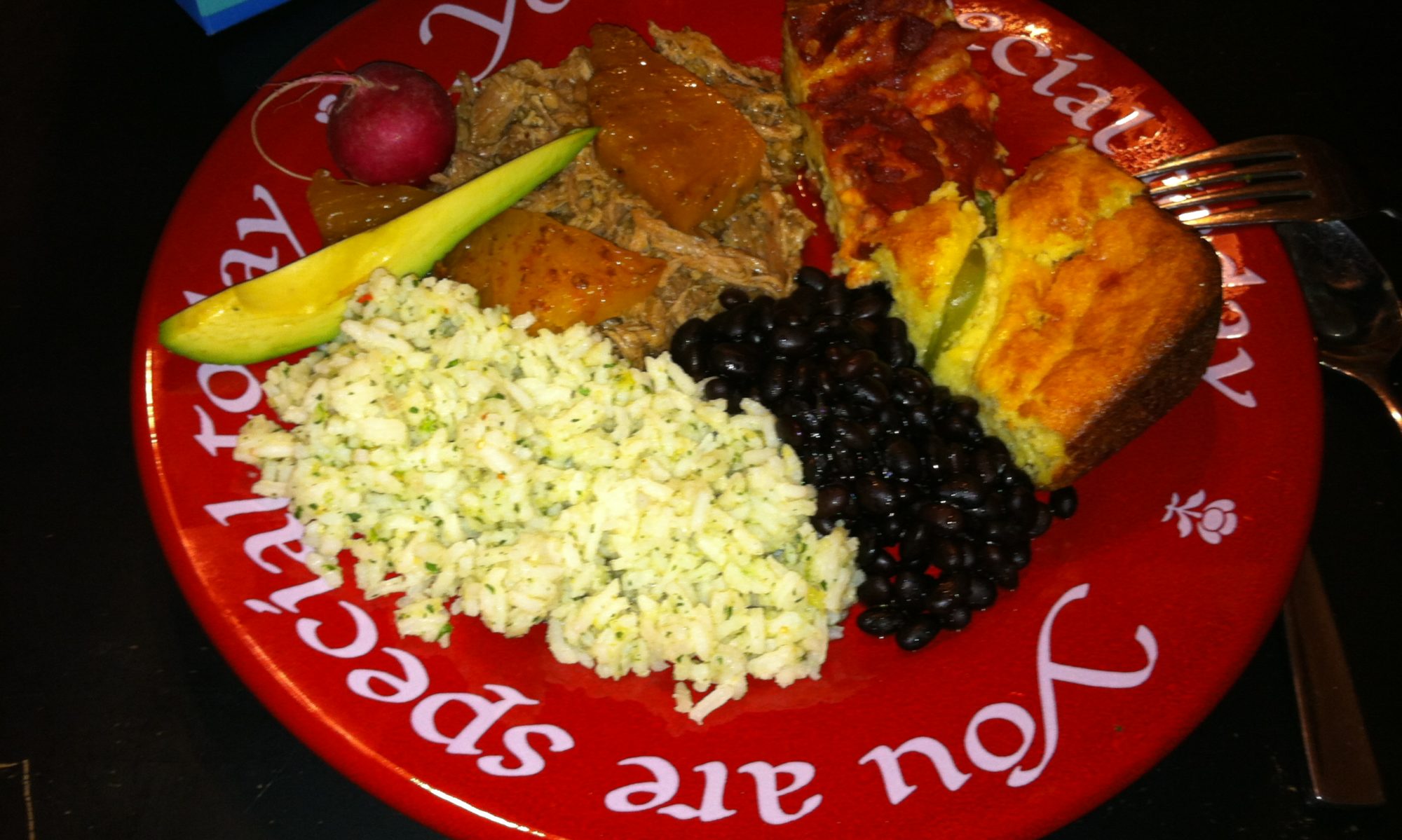
For the past 12 years, I have taught a class on Trade Secrets and Restrictive Covenants at the Sandra Day O’Connor College of Law at Arizona State University. It’s a lot of fun. The students are smart, talented, and inquisitive. They help me keep on top of my practice.
This year our final class is on Wednesday, November 28 — Thanksgiving Eve. What better way to start a long holiday weekend than to attend an evening class with an adjunct professor!
We need to celebrate the end of the semester with something sweet and decadent. This Croissant Bread Pudding features the buttery richness of croissants combined with tart cherries, smooth chocolate, toasted pecans, and sumptuous custard.
Earlier this year, I served the bread pudding at a dinner for 40 attorney friends who were in town for a continuing education program. It was a hit, so much so that a friend remarked that she had “embarrassed herself” by going back for multiple servings. I thought she was just showing her good taste.
Don’t embarrass yourself. Try some Croissant Bread Pudding.
Croissant Bread Pudding
- ¼ cup dried cherries
- ¼ cup pecans
- 2 cups heavy cream
- 1 vanilla bean
- 4 large egg yolks
- 1 ½ cups sugar
- ¼ teaspoon salt
- 3 day-old croissants
- 1 oz. grated bittersweet chocolate
Cover the cherries in a small bowl with boiling water. Let the cherries sit for 20 minutes. Drain then set aside.
Toast the pecans under the broiler for 1-2 minutes. Cool the nuts, then chop.
Preheat the oven to 350*. Grease 4 small ovenproof bowls with cooking spray.
Heat the cream in a heavy saucepan. Slice the vanilla bean in half lengthwise. Scrape out the seeds into the cream, then add the pod. Simmer over low heat for 8 to 10 minutes. Remove the bean pod.
Whisk together the egg yolks, sugar, and salt in a medium bowl. Slowly pour in the cream while whisking the egg mixture to prevent the yolks from cooking.
Tear the croissants into 6 pieces each. Cover the croissants with the egg and cream mixture. Allow the croissants to absorb the liquid for about 10 minutes. Then add the cherries.
Transfer the mixture into the prepared bowls. Sprinkle the top of each bowl with chocolate and toasted pecans. Bake for 25 minutes or until set.
Adapted from Cooking for Two: Perfect Meals for Pairs



